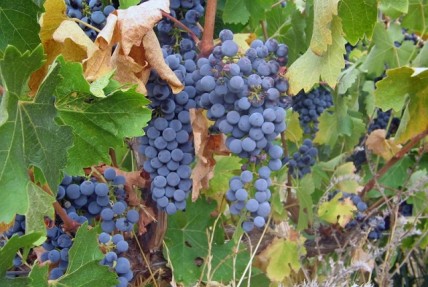Scientists use grape chemistry to forecast wine flavour
Date£º
2014-08-04 08:35 Source£º
decanter Author:
Chris Mercer Translator:
Researchers in Australia believe they may be able to influence a wine's flavour and aroma by manipulating the chemical make-up of grapes while still on the vine.

Cabernet Sauvignon grapes in Clare Valley
Scientists at the University of Adelaide and Australia's national research agency, CSIRO, are seeking to understand how changes in the composition of Cabernet Sauvignon grapes can affect their flavour potential.
Earlier research has identified several compounds in wine grapes that may influence flavour.
Australia's wine industry, including the country's new national wine body, AGWA, is part-funding the work.
'Basically, we are trying to see if we can predict wine sensory attributes by measuring compounds or other parameters in the grapes,' said Dr Paul Boss, of CSIRO.
It may then be possible to steer a wine's character before grapes have been harvested, although many winemakers would argue that techniques in the cellar also have a strong bearing on the finished wine.
'There may definitely be the potential in the future to have some ¡°real-time¡± interventions in the vineyard to alter fruit composition and hence wine properties,' Boss told Decanter.com.
He said one example is the chemical compound methoxypyrazine, which creates capsicum and bell pepper characters in Cabernet Sauvignon.
'We know now that it is produced early in fruit development and that more light exposure can reduce [development].
'So it may be possible to measure the levels of these compounds just a few weeks after fruit set and predict whether the vintage would be a ¡°high¡± or ¡°low¡± methoxypyrazine year, and then leaf-pluck or manage the vine canopy according to whether you are looking to have high or low levels in the style of wine you wish to produce.'